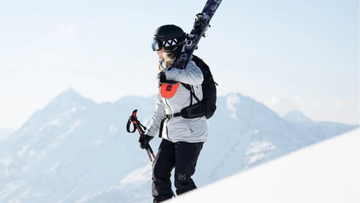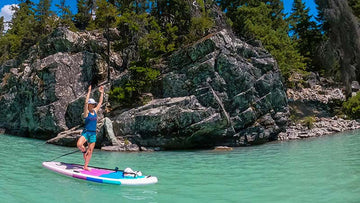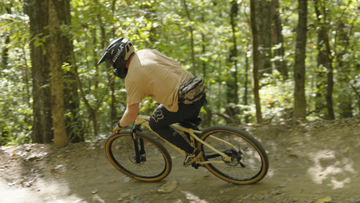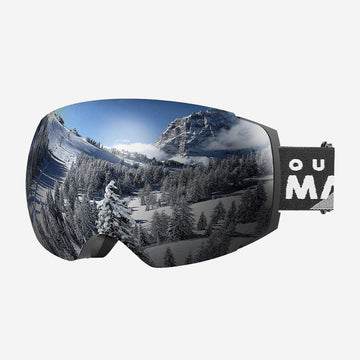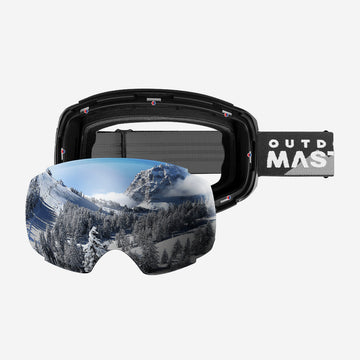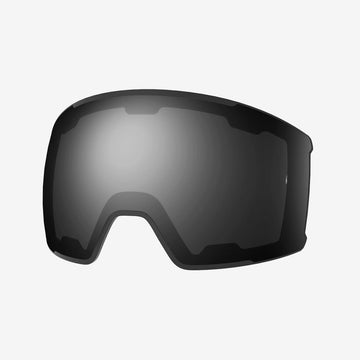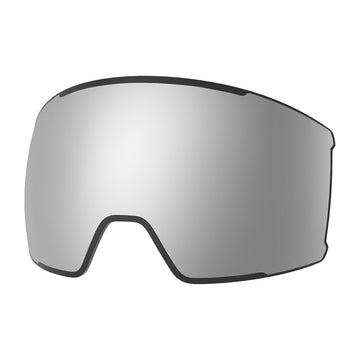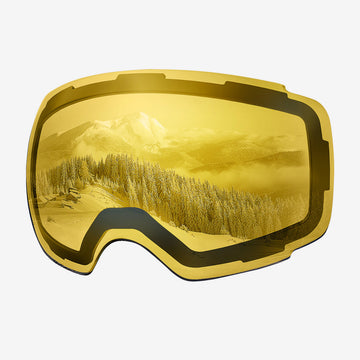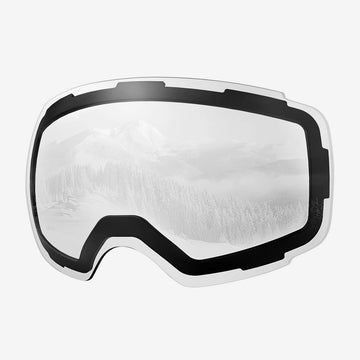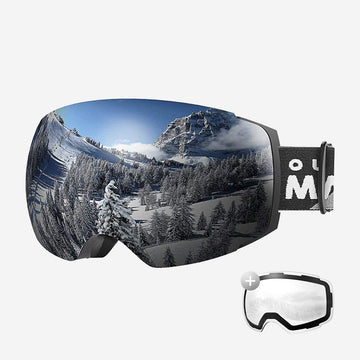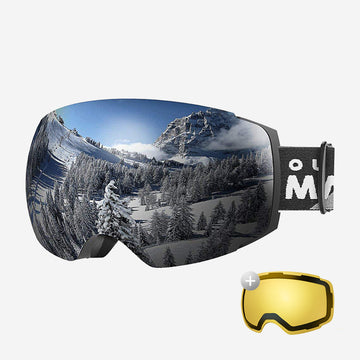Polarized Snow Goggles | Outdoor Master
Filters
Collections
Collections
PRO Snow Goggles
734 reviews
Regular price
From $49.99
Sale price
From $49.99
Regular price
Unit price
/
Features Best MagKlick Ski Goggles Ski goggles with magnetic lenses for a simple swap for...
VISION Replacement Lens
59 reviews
Regular price
From $39.55
Sale price
From $39.55
Regular price
Unit price
/
Features Superior Visual Experience 1. Polarized lens (yellow version) can effectively shield direct sunlight and...
PRO Replacement Lens
277 reviews
Regular price
From $24.99
Sale price
From $24.99
Regular price
Unit price
/
Features Best Magnetic Ski Goggles Ski goggles with magnetic lenses for a simple swap for...
PRO Snow Goggles + Lens Bundle
691 reviews
Regular price
$69.99
Sale price
$69.99
Regular price
Unit price
/
Features MagKlick ( Lens Swap in Seconds ) Stay prepared for any weather on the...
Sort by
- Featured
- Best selling
- Alphabetically, A-Z
- Alphabetically, Z-A
- Price, low to high
- Price, high to low
- Date, old to new
- Date, new to old


